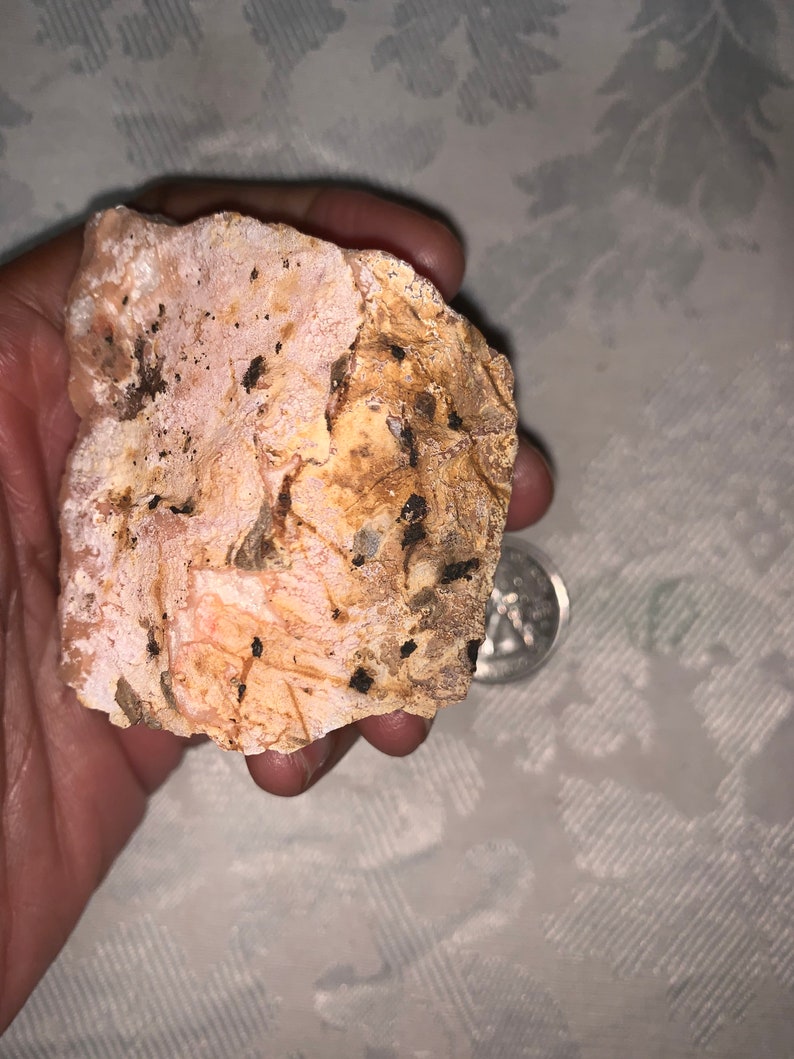

Heated stones will have color changes throughout them. If the stone is already faceted, you’re probably out of luck on finding out if the stone is natural in origin this way. Check the ColorationĬolors are the biggest tell. Here are a few different things you can look at to help determine if what you have citrine or heat treated amethyst. Heat-treated amethyst is almost identical to naturally forming citrine. There are a couple of good indicators, but telling them apart isn’t always possible.
#Properties of heat treated amethyst how to#
How To Tell Heat Treated Amethyst vs Citrine

With its desirable coloration, we’ve got a problem on our hands for collectors it has become a common practice to heat amethyst to the point where a change in coloration occurs, causing the heat treated amethyst to look just like citrine. It should be noted that citrine is very rare in nature, unlike amethyst. The charge of the Fe ion changes with temperature, altering the color of the stone. Natural occurring citrine is relatively rare since it requires higher temperatures to form. These crystals form at the following temperatures: Of these, prasiolite is the rarest since it forms only in a narrow band of temperature between amethyst and citrine. There may even be multiple causes of the coloration.Ĭitrine is a gem name, not a scientific classification. As long as the gem is colored yellow or orange through, and not just on the surface by something like ferrous oxide, it can be called citrine.

The above is the most common explanation found, and the one I tend to agree with.

Please note that there are a few trains of thought on how citrine acquires its color. They are amethyst, prasiolite, and citrine respectively. Depending on the formation temperature of the stone, you end up with one of three different forms of quartz. It’s known for its hexagonal shape and sharp terminations at the end of the crystal.Ĭitrine is a form of quartz that has iron in the color centers of the crystals. Silica makes up a large amount of the earth’s crust, and quartz is one of the most iconic crystals around. Quartz is silica, SiO₂, with a macroscopic crystal form. It’s almost identical in physical makeup to amethyst, but differences in the original formation of the crystal cause it to take on a different color. At some point, it may be worth it to purchase a piece of each and see what you notice - if you prefer one or the other, or feel that they are useful in different situations.Citrine is a variety of quartz that’s colored yellow to orange. So: To be sure, natural or heat treated citrine is just fine to use, in your personal practice or home decor (although many crystal healers say that natural citrine has a stronger energy). Therefore, all of the things that are associated with that color spectrum (the solar plexus abundance warmth) are now associated with the (newly-yellow) crystal. Because of this, you now have a stone that vibrates on the yellow-orange color spectrum, instead of on the purple/violet spectrum. However, what does change is the color - or the light frequency that it gives off. Why? The process of heating doesn't change the actual structure of the crystal. so what the heck IS it, really? Is it amethyst? Is it citrine? They have different properties - so it's important to know, right?! Rest assured, transformed citrine IS considered citrine, for all intents and purposes, by many, if not most people - including crystal and metaphysical experts. So you have a piece of citrine, and you are pretty sure it's been heat treated.


 0 kommentar(er)
0 kommentar(er)
